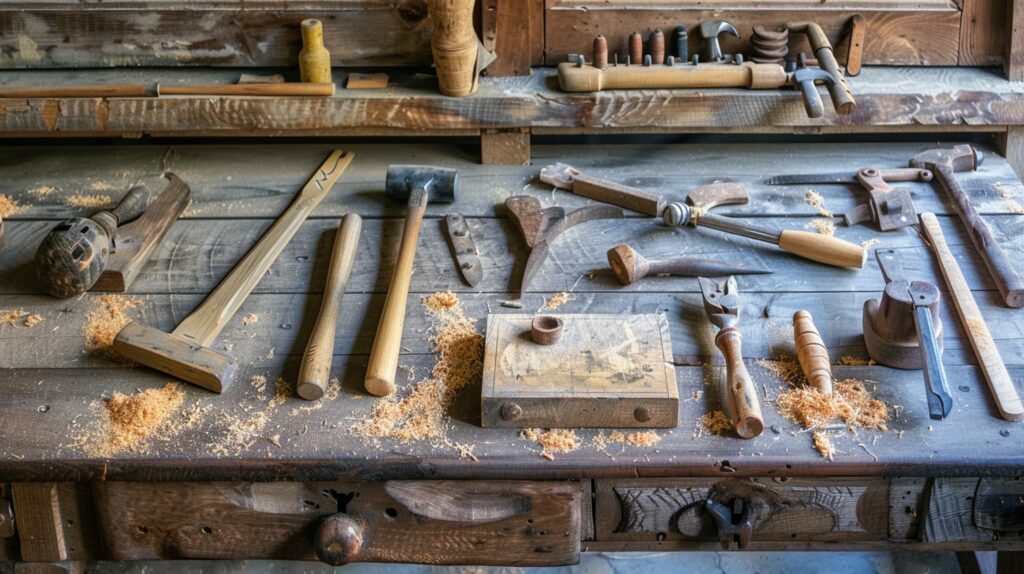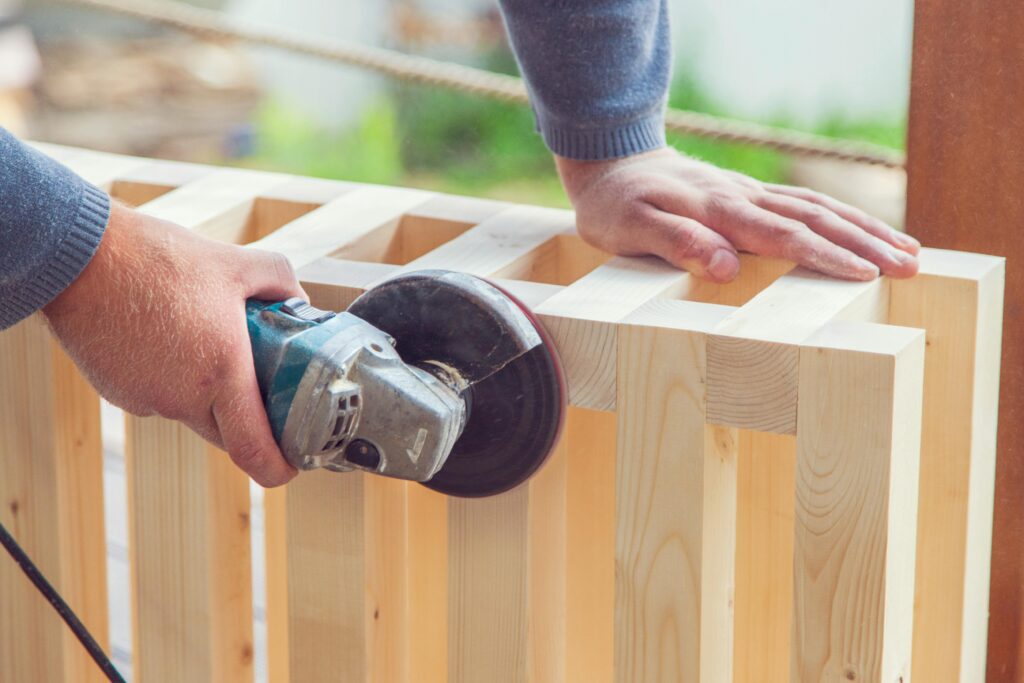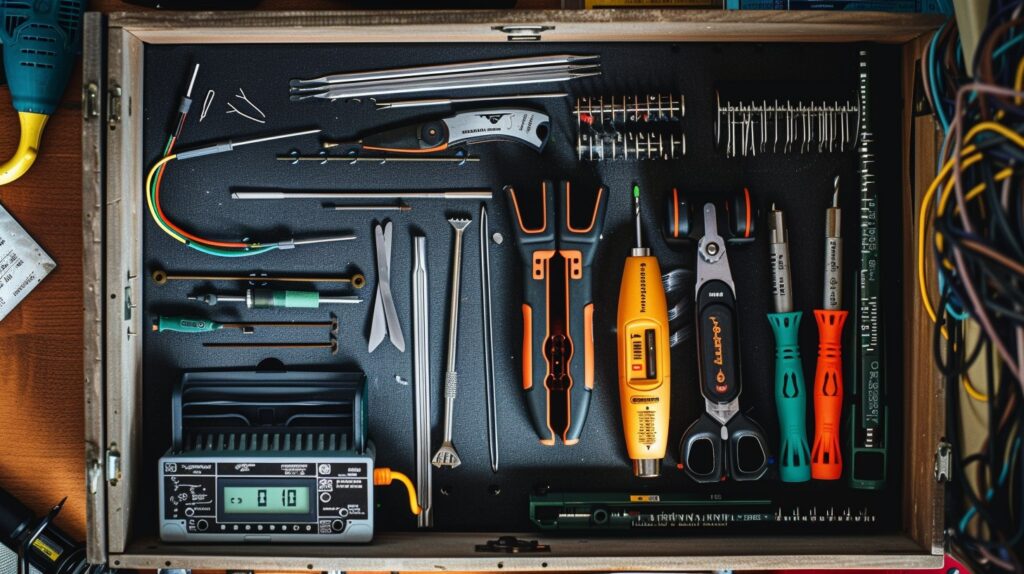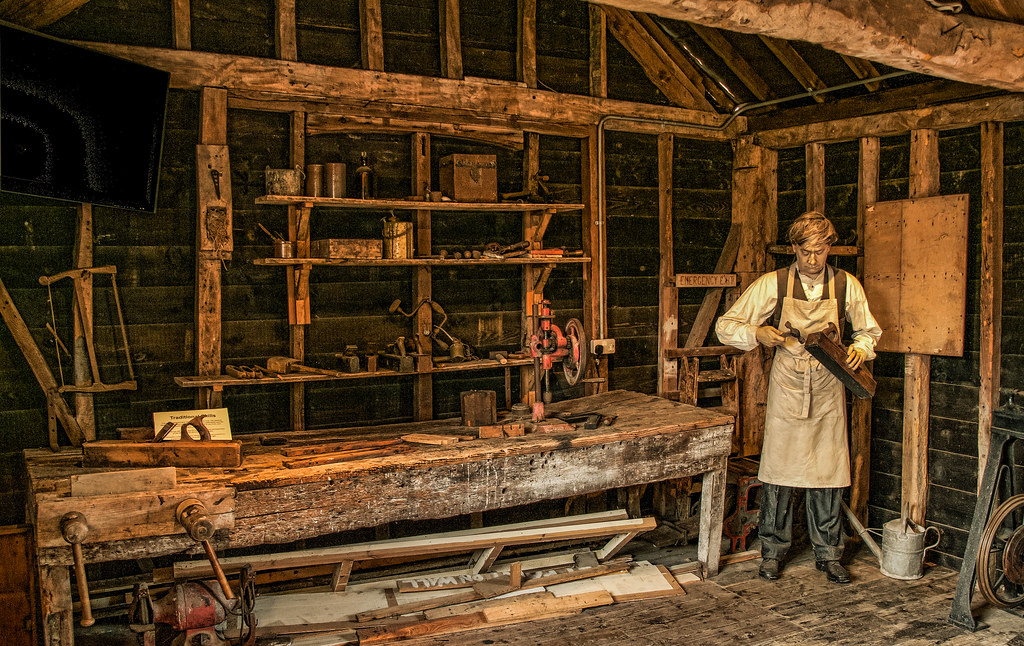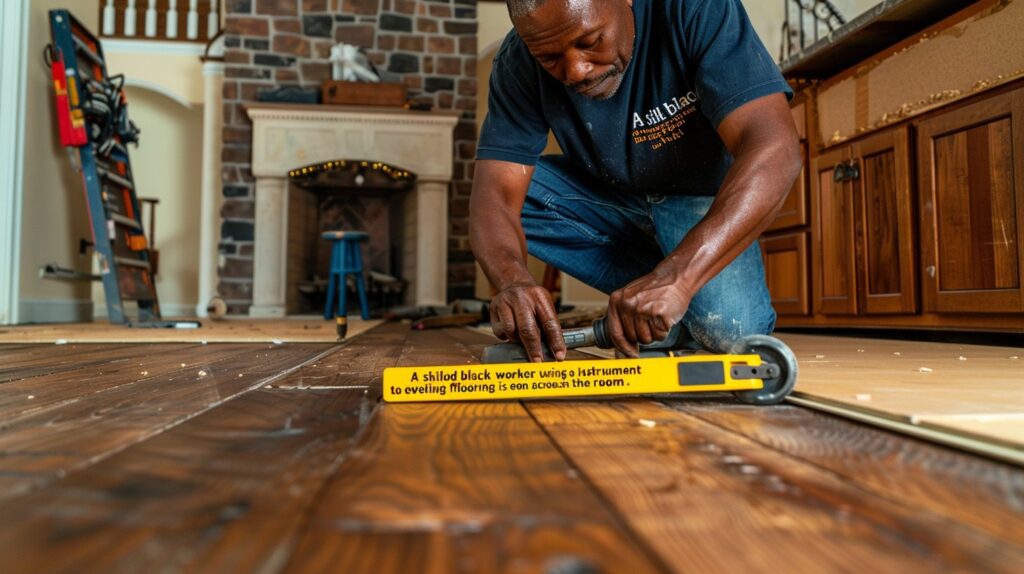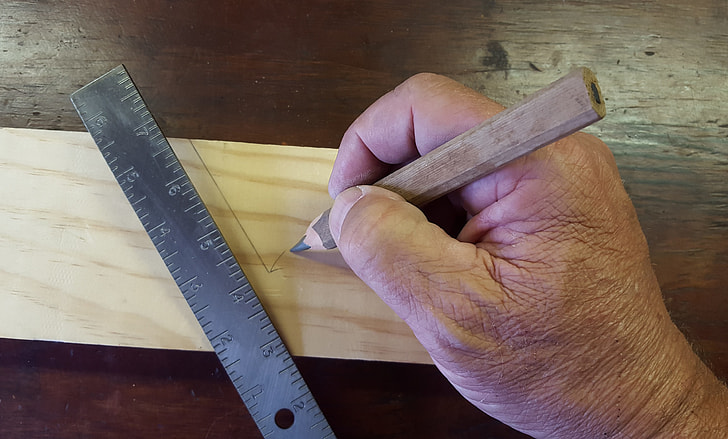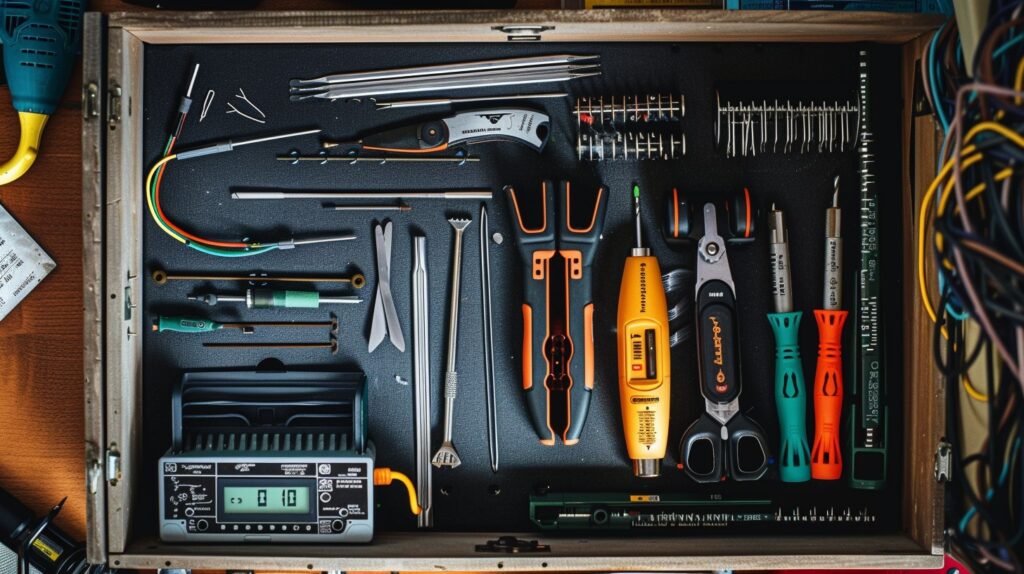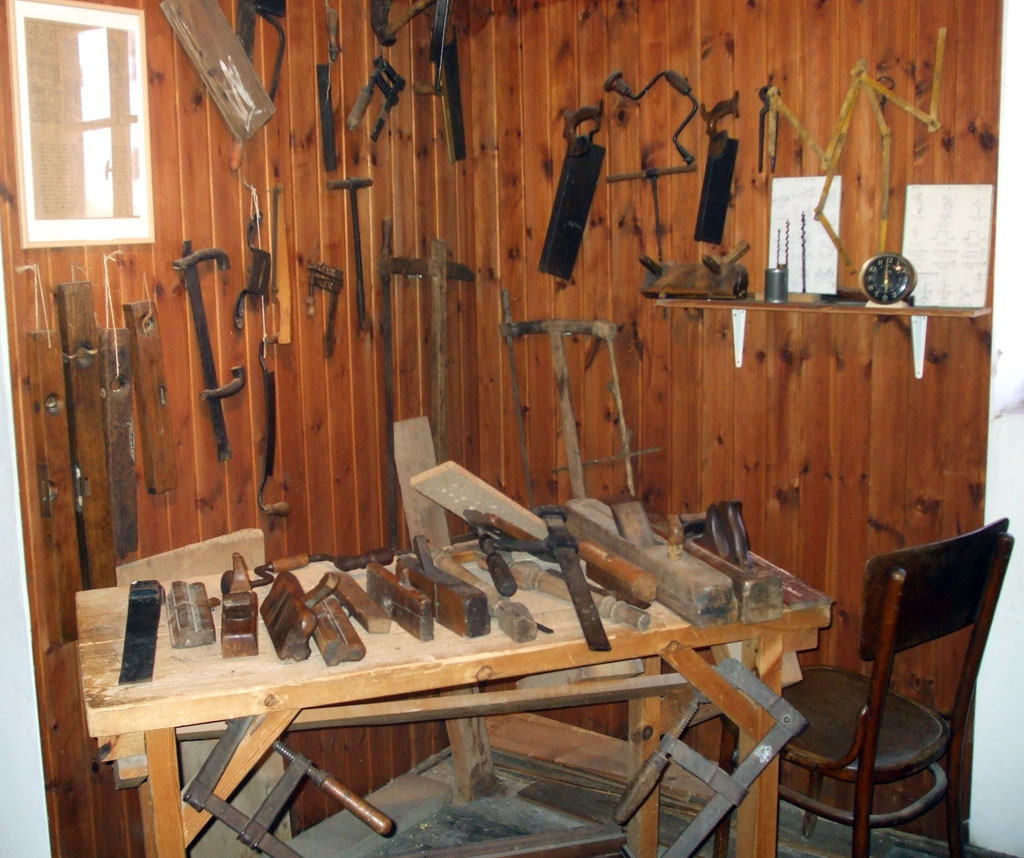Master Carpenter’s Guide: Why Every Woodworker Needs a Traditional Carpenter’s Mallet
Discover why the humble carpenter’s mallet remains an indispensable tool that separates amateur woodworkers from true craftsmen. In the ever-evolving world of woodworking, where power tools and modern innovations dominate workshops, one traditional implement continues to hold its irreplaceable status – the carpenter’s mallet. This time-honoured tool, with its deceptively simple design, remains a cornerstone of fine woodworking, embodying centuries of craftmanship and practical wisdom. Understanding the Traditional Carpenter’s Mallet The carpenter’s mallet, a testament to functional design, represents the perfect marriage of form and purpose. Traditionally crafted from robust ash wood, this essential tool has evolved through generations of craftsmen to achieve its current optimal form. The choice of ash isn’t arbitrary – this hardwood species offers an ideal combination of density, durability, and shock absorption that makes it perfect for mallet construction. Modern research has shown that ash wood’s cellular structure provides up to 30% better shock absorption compared to other common hardwoods, making it the superior choice for this application. Anatomy of Excellence Head Dimensions: Standard 6-inch length provides optimal striking surface Overall Length: 13.5 inches for perfect balance and control Weight: Approximately 1.5 pounds – heavy enough for impact, light enough for precision Chamfered Corners: Prevents splitting and extends tool life Handle Design: Ergonomically shaped for reduced fatigue Surface Treatment: Oil-finished for moisture resistance and durability The Science Behind the Design The mallet’s design is rooted in physics and ergonomics. The large striking face, typically measuring 3×3 inches, disperses force across a broader area, reducing the risk of damage to both the tool and workpiece. The carefully calculated weight distribution, with approximately 70% of the mass concentrated in the head, creates a natural momentum that enhances control while minimising user fatigue. Recent studies in ergonomic tool design have validated these traditional proportions, showing they reduce wrist strain by up to 40% compared to incorrectly balanced tools. Why Choose a Wooden Mallet Over Modern Alternatives? In an age of synthetic materials and mass production, wooden mallets maintain their superiority for specific woodworking tasks. The natural properties of wood create a unique interaction between tool and workpiece that modern materials simply cannot replicate. When striking a chisel or joining timber components, wood-on-wood contact provides superior feedback and control, allowing craftsmen to ‘feel’ the work in a way that’s impossible with metal or plastic alternatives. Surface Protection and Control Gentle Impact: Wood’s natural compression absorbs shock Surface Preservation: Minimises marking on delicate workpieces Enhanced Feedback: Provides tactile response during use Variable Force: Easier to control strike intensity Reduced Vibration: Natural damping properties protect joints Versatility in Application The traditional carpenter’s mallet excels in various woodworking tasks, from delicate joinery to robust assembly work. Its versatility extends to seating handles, driving wedges, adjusting plane blades, and working with chisels. The mallet’s design allows for both precise tap adjustments and forceful blows, making it indispensable for everything from fine cabinetry to timber framing. Essential Techniques for Mallet Usage Mastering the carpenter’s mallet requires understanding proper technique and application. The key lies in developing a feel for the tool’s weight and balance, allowing it to do the work while maintaining precise control. Professional craftsmen emphasise that proper technique can increase accuracy by up to 85% while reducing the risk of workpiece damage. Proper Grip and Stance Hold the handle near the end for maximum leverage Maintain a relaxed but firm grip Position your body square to the work Keep your wrist straight during strikes Use your whole arm, not just your wrist Common Applications From assembling mortise and tenon joints to driving chisels for detailed work, the mallet’s applications are diverse. Each task requires specific techniques and considerations. For joinery work, controlled force is essential, while chisel work demands precise alignment and measured strikes. Understanding these nuances separates skilled craftsmen from novices. Maintaining Your Carpenter’s Mallet Proper maintenance ensures your mallet’s longevity and optimal performance. Regular care not only extends the tool’s life but also maintains its effectiveness. Studies show that well-maintained wooden mallets can last 3-4 times longer than neglected ones. Regular Care Tips Apply linseed oil quarterly to prevent drying Store in a dry environment away from extreme temperatures Inspect regularly for splits or damage Clean striking surfaces after use Avoid exposure to moisture and direct sunlight When to Replace Your Mallet Even with proper care, mallets eventually require replacement. Key indicators include visible splitting, mushrooming of the striking face, or loose handle joints. Professional woodworkers typically replace their primary mallets every 5-7 years with heavy use. Crafting Your Own Mallet Creating your own mallet is a rewarding project that enhances understanding of this essential tool. It’s an excellent exercise in precision woodworking, requiring attention to detail and proper technique. Many craftsmen consider mallet-making a rite of passage in woodworking. Material Selection and Preparation Choose straight-grained ash or beech for the head Select harder wood for the handle (hickory preferred) Ensure wood is properly seasoned (moisture content below 12%) Cut stock oversized to allow for final shaping Prepare all surfaces for precise joinery Step-by-Step Construction The construction process involves careful measurement, precise cutting, and attention to detail. The mortise and tenon joint between head and handle must be perfectly fitted to ensure durability. Final shaping and finishing require patience and skill to achieve the optimal balance and feel that characterises a quality mallet. Conclusion: Embracing Traditional Craftsmanship The carpenter’s mallet remains an indispensable tool in modern woodworking, bridging centuries of craftsmanship with contemporary needs. Its continued relevance speaks to the enduring principles of quality woodworking – precision, control, and respect for materials. For serious woodworkers, mastering the use of a traditional carpenter’s mallet isn’t just about preserving heritage; it’s about achieving superior results in their craft. FAQ What is a carpenter’s mallet? Definitions of carpenter’s mallet. noun. a short-handled mallet with a wooden head used to strike a chisel or wedge. Why do carpenters use chisels? Chisels are indispensable in woodworking, offering precision and control that power tools often can’t match. Whether you’re making joinery or carving intricate details,

